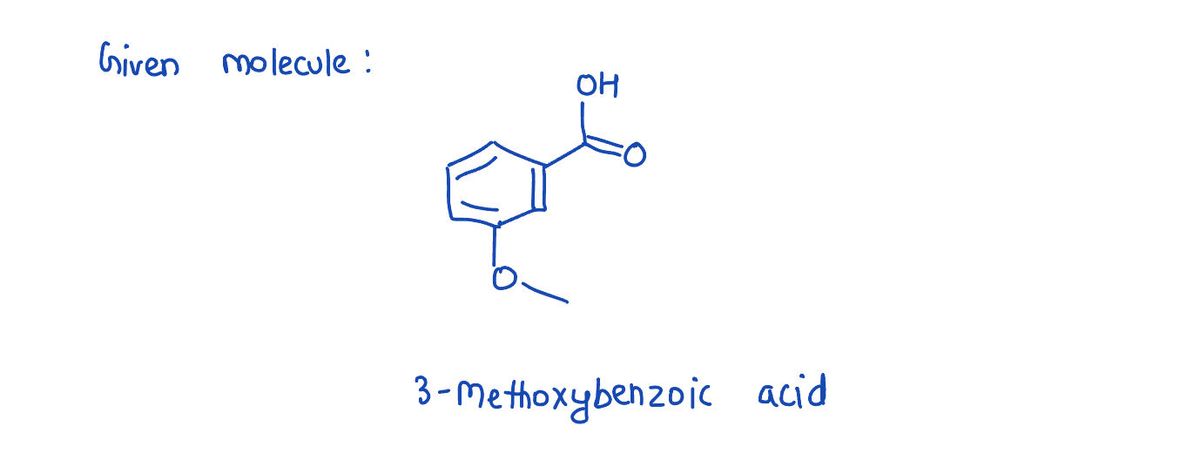11. What types of intermolecular forces are present in the molecule below? OH A. dispersion forces B. dispersion, dipole-dipole, and hydrogen bonding interaction C. dispersion forces and hydrogen bonding interaction D. dispersion forces and dipole-dipole interaction
11. What types of intermolecular forces are present in the molecule below? OH A. dispersion forces B. dispersion, dipole-dipole, and hydrogen bonding interaction C. dispersion forces and hydrogen bonding interaction D. dispersion forces and dipole-dipole interaction
Chemistry
10th Edition
ISBN:9781305957404
Author:Steven S. Zumdahl, Susan A. Zumdahl, Donald J. DeCoste
Publisher:Steven S. Zumdahl, Susan A. Zumdahl, Donald J. DeCoste
Chapter1: Chemical Foundations
Section: Chapter Questions
Problem 1RQ: Define and explain the differences between the following terms. a. law and theory b. theory and...
Related questions
Question
![**Question 11:**
What types of intermolecular forces are present in the molecule below?
[Chemical structure diagram of a benzene ring with an OH group (phenol) and a carbonyl group]
- **A.** dispersion forces
- **B.** dispersion, dipole-dipole, and hydrogen bonding interaction
- **C.** dispersion forces and hydrogen bonding interaction
- **D.** dispersion forces and dipole-dipole interaction
**Explanation of Diagram:**
The diagram represents a benzene ring with a hydroxyl group (OH) and a carbonyl group (C=O) attached. These functional groups suggest the presence of various intermolecular forces. The hydroxyl group can participate in hydrogen bonding, while the carbonyl group provides a site for dipole-dipole interactions. Dispersion forces, also known as London forces, occur between all molecules, regardless of their polarity.](/v2/_next/image?url=https%3A%2F%2Fcontent.bartleby.com%2Fqna-images%2Fquestion%2F5a3df371-d475-482a-84ce-057c931f1fc6%2F00ef4e46-17b7-4e51-85f2-d811cdf43a21%2Fkcjl2uj_processed.jpeg&w=3840&q=75)
Transcribed Image Text:**Question 11:**
What types of intermolecular forces are present in the molecule below?
[Chemical structure diagram of a benzene ring with an OH group (phenol) and a carbonyl group]
- **A.** dispersion forces
- **B.** dispersion, dipole-dipole, and hydrogen bonding interaction
- **C.** dispersion forces and hydrogen bonding interaction
- **D.** dispersion forces and dipole-dipole interaction
**Explanation of Diagram:**
The diagram represents a benzene ring with a hydroxyl group (OH) and a carbonyl group (C=O) attached. These functional groups suggest the presence of various intermolecular forces. The hydroxyl group can participate in hydrogen bonding, while the carbonyl group provides a site for dipole-dipole interactions. Dispersion forces, also known as London forces, occur between all molecules, regardless of their polarity.
Expert Solution
Step 1

Step by step
Solved in 2 steps with 2 images

Knowledge Booster
Learn more about
Need a deep-dive on the concept behind this application? Look no further. Learn more about this topic, chemistry and related others by exploring similar questions and additional content below.Recommended textbooks for you

Chemistry
Chemistry
ISBN:
9781305957404
Author:
Steven S. Zumdahl, Susan A. Zumdahl, Donald J. DeCoste
Publisher:
Cengage Learning

Chemistry
Chemistry
ISBN:
9781259911156
Author:
Raymond Chang Dr., Jason Overby Professor
Publisher:
McGraw-Hill Education

Principles of Instrumental Analysis
Chemistry
ISBN:
9781305577213
Author:
Douglas A. Skoog, F. James Holler, Stanley R. Crouch
Publisher:
Cengage Learning

Chemistry
Chemistry
ISBN:
9781305957404
Author:
Steven S. Zumdahl, Susan A. Zumdahl, Donald J. DeCoste
Publisher:
Cengage Learning

Chemistry
Chemistry
ISBN:
9781259911156
Author:
Raymond Chang Dr., Jason Overby Professor
Publisher:
McGraw-Hill Education

Principles of Instrumental Analysis
Chemistry
ISBN:
9781305577213
Author:
Douglas A. Skoog, F. James Holler, Stanley R. Crouch
Publisher:
Cengage Learning

Organic Chemistry
Chemistry
ISBN:
9780078021558
Author:
Janice Gorzynski Smith Dr.
Publisher:
McGraw-Hill Education

Chemistry: Principles and Reactions
Chemistry
ISBN:
9781305079373
Author:
William L. Masterton, Cecile N. Hurley
Publisher:
Cengage Learning

Elementary Principles of Chemical Processes, Bind…
Chemistry
ISBN:
9781118431221
Author:
Richard M. Felder, Ronald W. Rousseau, Lisa G. Bullard
Publisher:
WILEY